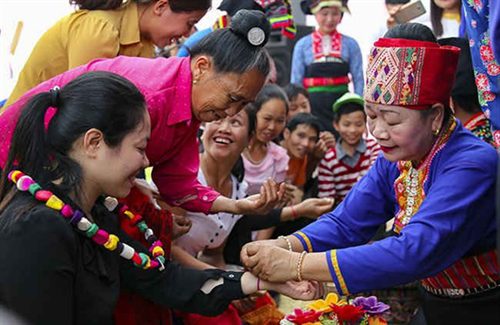Drawstring garments have adorned humans for centuries, embodying more than just fashion. These versatile pieces hold deep cultural significance, especially in ceremonial contexts. This blog will explore the rich history, diverse uses, and enduring appeal of drawstring garments across cultures. We aim to enlighten working professionals, fashionistas, cultural enthusiasts, and history buffs on why these simple yet profound garments continue to captivate us.
The Historical Roots of Drawstring Garments
The origins of drawstring garments can be traced back to ancient civilizations. Archaeological findings reveal that early humans used animal hides and plant fibers to create functional clothing secured with simple cords. This allowed for adjustability, essential for the varied climates and body types of the time.
Drawstring garments evolved over the centuries, reflecting technological advancements and cultural shifts. In ancient Greece, for instance, the chiton—a type of tunic—was fastened with a drawstring at the waist. Similarly, in ancient China, drawstring pants were common among both the elite and common folk.
These historical garments were not merely practical; they often featured intricate designs and embellishments, indicating social status and cultural identity. Their legacy lives on in modern fashion, where drawstring garments continue to marry form and function.
Cultural Significance in Religious Ceremonies
Drawstring garments often play a crucial role in religious ceremonies, symbolizing purity, humility, and devotion. In Hinduism, for example, the dhoti—a traditional drawstring garment—is worn by men during religious rituals. The act of tying the dhoti is a ritual in itself, signifying readiness to engage in spiritual activities.
Similarly, in Buddhism, monks wear robes tied with a drawstring. These robes are designed for simplicity and utility, reflecting the monastic values of detachment and mindfulness.
The drawstring garments in these religious contexts serve as more than just clothing; they are imbued with spiritual meaning, connecting the wearer to their faith and community.
The Role in Traditional Weddings
Weddings are another context where drawstring garments hold significant cultural value. In many cultures, the bride and groom don special attire that often includes drawstring elements. These garments symbolize the union of two individuals and their families.
For instance, in traditional Japanese weddings, the bride may wear a furisode—a type of kimono with long sleeves—secured with a drawstring obi. The intricate process of tying the obi is laden with symbolic meaning, representing the bonds of marriage.
In Indian weddings, the groom’s sherwani—a traditional coat—is often paired with drawstring churidar pants. These garments, rich in color and embroidery, signify prosperity and joy.
Modern Adaptations in Everyday Fashion
While drawstring garments have deep cultural roots, they have also found a place in contemporary fashion. Modern designers often incorporate drawstrings into their collections, blending traditional aesthetics with modern functionality.
Athleisure, a popular fashion trend, frequently features drawstring elements. From joggers to hoodies, these garments offer comfort and style, making them a staple in many wardrobes.
Furthermore, high-fashion brands have embraced drawstring details in their designs. Whether it’s a cinched waist on a dress or adjustable hems on trousers, drawstrings add a versatile and customizable element to clothing.
The Symbolism of Drawstring Garments
Drawstring garments are not just about functionality; they carry symbolic weight. The act of tying and untying a drawstring can signify various transitions and transformations.
In some cultures, loosening a drawstring garment marks the end of a formal event, symbolizing relaxation and the return to everyday life. Conversely, tightening a drawstring can indicate preparation and readiness, whether for a ritual, ceremony, or daily activity.
These symbolic actions resonate with many, adding layers of meaning to the simple act of adjusting one’s clothing. The drawstring becomes a metaphor for control, adaptability, and transition.
Conclusion
The cultural significance of drawstring garments is vast and multifaceted. From ancient civilizations to modern fashion, these garments have served as practical, symbolic, and aesthetic elements in various contexts. For working professionals, fashion enthusiasts, cultural aficionados, and history buffs, understanding the role of drawstring garments offers a unique glimpse into the interplay of culture and clothing.
Whether part of religious ceremonies, traditional weddings, or everyday fashion, drawstring garments continue to captivate us with their simplicity and depth. They remind us that even the most basic elements of clothing can hold profound meaning and connect us to our cultural heritage.
For those looking to explore more about traditional and modern fashion elements, check out our article on custom western belt buckles. It’s a fascinating read about another timeless accessory that carries cultural significance.
Thank you for joining us on this cultural exploration. Feel free to share your thoughts and experiences with drawstring garments in the comments below.

